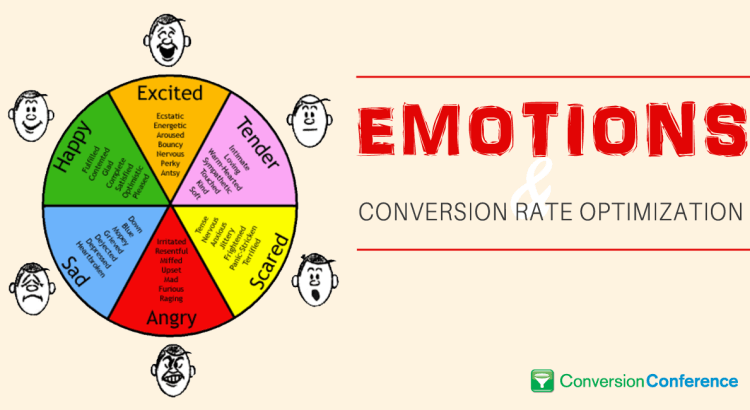The highest achievements of humankind – walking on the moon, inventing written language, harnessing the power of the atom. Or are they?
THE FAILURE OF REASON
What if I told you that all of these are happy accidents and a by product of the real reason that human brains evolved? Humans are in fact the most social of mammals. The complexity of the modern brain is there to manage social interactions. Robin Dunbar came up with his famous “Rule of 150” when describing the upper limit on the number of close personal bonds that humans can manage. Imagine if someone holds in his or her head their relationship to 150 others, and their changing relationships to one another. If he or she can do it successfully, that person is able to create alliances, gather support for personal and business initiatives, and have a greater chance of achieving his or her goals (and indeed surviving in the wild).
Rational thought is over-rated. Yet because of the bias created by Enlightenment philosophers (and their predecessors back to Plato), humans have come to value logic, consistency and reason as the highest qualities of the human mind and character. After all, no one wants to be described as irrational, random, unpredictable or just plain crazy. Yet at their core, that is exactly what humans are.
WHAT’S REALLY GOING ON IN THE HUMAN HEAD?
The brain is a layered construct in which the newest parts (literally and figuratively) rest upon older structures. The hemispheres of the modern cerebral cortex envelop the emotional mid-brain (the limbic system that humans share with all mammals), which in turn relies on the more primitive brain stem (which people also share with crocodiles and birds). The old parts have not gone away, and are in constant communication with each other. In fact, it would be accurate to say that the modern reasoning brain is often kept in the dark, and only gets activated occasionally when the more primitive gatekeepers allow it to get involved.
Think of the brain as a chemical bath where neurotransmitters flood the system for short amounts of time in order to promote a person’s survival. To a much greater degree than other animals people learn from environmental experiences, rather than relying on inflexible automatic responses that may not suit the situations that humans face. People’s brains are shaped (sometimes accidentally) by their experience. Good outcomes are reinforced, and bad outcomes are avoided. These aversions or affinities are the twin poles that propel people, or repel them.
Take Your CRO Program to the Next Level!
Join the worldwide community of conversion optimizers at ConvCon 2017!
Although everyone’s individual experiences are different, the underlying symphony of chemicals in their heads work in the same way. “What fires together, wires together” – repeated exposures to the same associations build strong and durable connections in the brain, especially when people are younger. Once formed, these habitual patterns are very difficult to break or overcome.
Negative inputs immediately get one’s attention – the function of cortisol is to help them avoid things that have hurt them in the past, or lessen their chances of survival. This “stress chemical” originates in the deepest part of the brain and allows humans (a.k.a. a brand’s potential buyers) to quickly and efficiently detect threats in their environment. It does not feel good, so they do whatever is necessary to get rid of the perceived cause of the feeling. Avoiding pain is often a much more powerful motivator than seeking of rewards or pleasure.
Brainy Tip: Influence people by focusing on negative consequences, and the full cost of not acting on your offer. By rubbing salt into the wound you increase the value and attractiveness of your offer as a way to make the pain go away.
The positive brain chemicals are a bit more complicated and need to be examined in more detail. The one thing they have in common is there short-term nature. They circulate for only minutes at a time and then fade away, leaving people looking for the next jolt of goodness.
RESTLESS SEEKING
The main propulsion for all positive brain chemicals is dopamine. Until recently it was misunderstood by most people as being a feel-good chemical in its own right. In fact, dopamine gives people its payoff during anticipation of a goal or reward. It motivates them to proactively work harder in order to get something pleasurable. Whether in video games or human relationships, it is the chase that is fun in and of itself, and people are often disappointed when they actually attain their goals and the dopamine delivery stops (perhaps a form of buyer’s remorse).
Brainy Tip: Mark and celebrate each micro-conversion and provide a clear “information scent” for people to follow on the way to the ultimate goal.
THE SEARCH FOR STATUS
All mammals seek safety in numbers and maintain a clear hierarchy within their group. For simpler animals this pecking order is set once and is relatively stable. For people, social status changes almost constantly, and is often transient and highly situational. Serotonin levels reflect one’s current level of status. If someone is in a dominant position, his or her levels will rise, while those of subordinates around him or her will actually fall at the same time to reflect the reality of the power balance. Humans all seek affirmation and validation, and signs that they are valued, but knowing their place serves as a reality check to make sure they do not expose themselves to needless risks.
Pushing through the tough times: Endorphin
Protecting our close ones: Oxytocin
TIME TO MOTIVATE
So for Internet professionals, this means the next time they try to increase the conversion rates of their websites, they should stop thinking about logical decisions, specific features or appeals to rational thinking. They should focus instead on matters of the heart and social connectedness that underlies and strongly motivates all human actions as the most social apes of all.
This article first appeared on the Website Magazine.
About the Author
 Tim Ash is the author of the bestselling book “Landing Page Optimization”, and CEO of SiteTuners, a conversion rate optimization firm that helps companies make their websites and online marketing programs more effective.
Tim Ash is the author of the bestselling book “Landing Page Optimization”, and CEO of SiteTuners, a conversion rate optimization firm that helps companies make their websites and online marketing programs more effective.
Over the past two decades, Tim has helped major US and international brands to improve the outcomes of their web-based initiatives. Companies like Sears, Google, Expedia, eHarmony, Facebook, American Express, Canon, Nestle, Symantec, Intuit, Autodesk, Yahoo! and many others have benefitted from Tim’s deep understanding and innovative perspective.
Tim is a highly-regarded speaker at industry conferences worldwide. He is the founder and chairperson of Conversion Conference and a frequent contributor to print and online publications. Since 1995, he has authored more than 100 published articles. He earned a dual-major Bachelor of Science degree “with highest distinction” in Computer Engineering and Cognitive Science and a Master’s degree in Computer Science from UC San Diego.

 717 798 3495
717 798 3495



